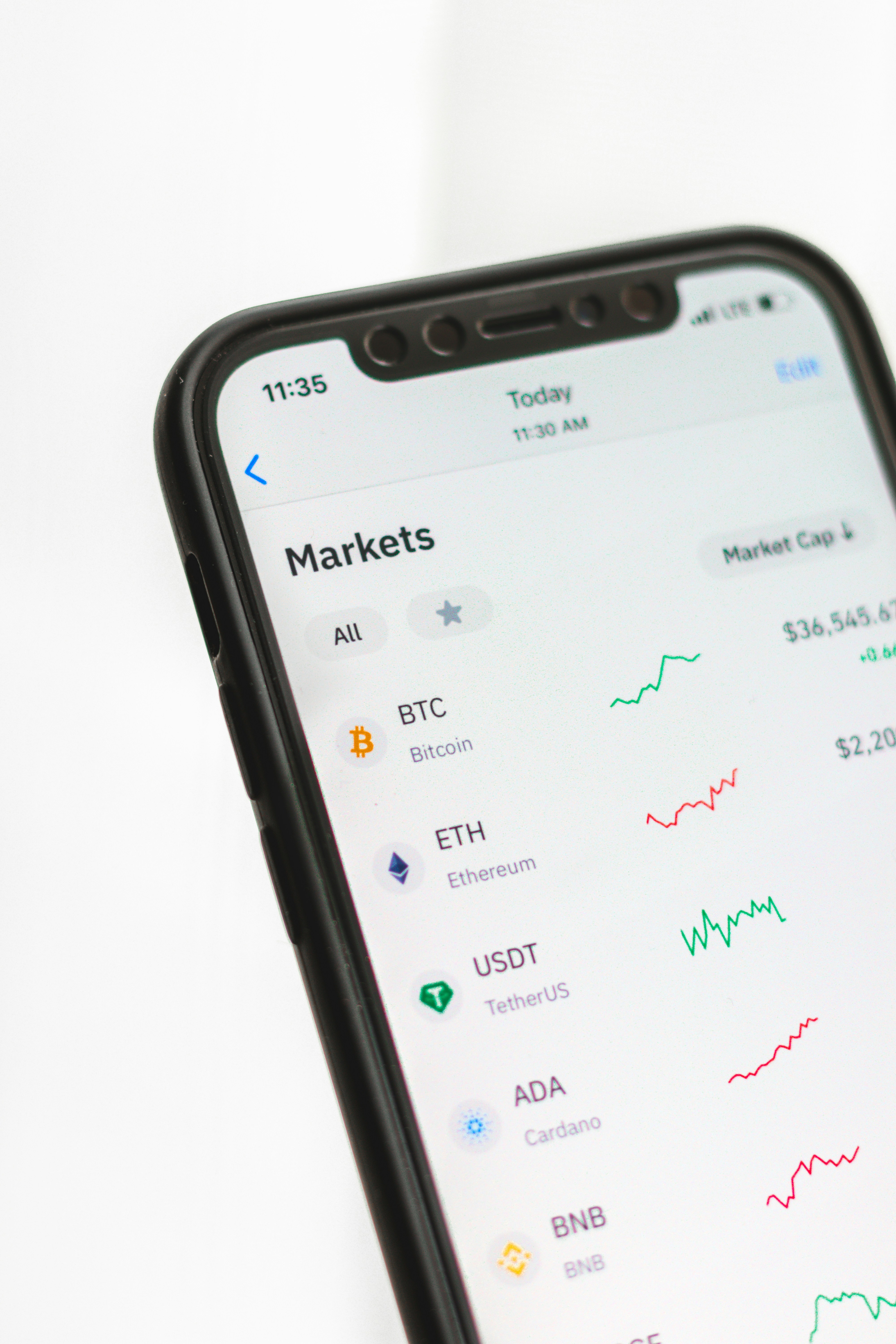📚 Table of Contents
What Are Inflation-Resistant Investments?
Inflation erodes purchasing power over time, making it a silent threat to long-term wealth. But what if there were investments that could not only withstand inflation but even thrive during periods of rising prices? Inflation-resistant investments are assets that historically maintain or increase in value when inflation surges. These include tangible assets like real estate, commodities, and precious metals, as well as certain financial instruments like Treasury Inflation-Protected Securities (TIPS) and dividend-paying stocks. Understanding these options can help investors protect their portfolios from the corrosive effects of inflation.
Pros of Inflation-Resistant Investments
One of the biggest advantages of inflation-resistant investments is their ability to preserve purchasing power. For example, real estate often appreciates in value during inflationary periods because property prices and rental income tend to rise with inflation. Similarly, commodities like gold and oil typically see price increases when the dollar weakens. Another benefit is diversification—many inflation-resistant assets have low correlation with traditional stocks and bonds, reducing overall portfolio risk. Additionally, some assets, like TIPS, provide guaranteed inflation-adjusted returns, offering a safety net for conservative investors.
Another key advantage is income generation. Real estate investment trusts (REITs) and dividend-paying stocks can provide steady cash flow, which may increase over time to keep pace with inflation. For instance, companies with strong pricing power, such as utilities and consumer staples, can pass higher costs onto consumers, allowing them to maintain or grow dividends even in inflationary environments. This makes them attractive for retirees and income-focused investors.
Cons of Inflation-Resistant Investments
Despite their benefits, inflation-resistant investments are not without drawbacks. One major downside is volatility. Commodities, for example, can experience sharp price swings due to geopolitical events, supply chain disruptions, or changes in demand. Gold, while a traditional inflation hedge, does not generate income and can underperform during periods of low inflation or strong economic growth.
Another challenge is liquidity. Real estate and certain alternative investments like farmland or infrastructure projects often require significant capital and may take time to sell. Unlike stocks or bonds, which can be traded instantly, these assets may not be suitable for investors who need quick access to cash. Additionally, some inflation-resistant assets, such as TIPS, may offer lower nominal returns compared to riskier investments, which could limit long-term growth potential.
Types of Inflation-Resistant Assets
There are several categories of inflation-resistant investments, each with unique characteristics:
- Real Estate: Property values and rental income often rise with inflation, making real estate a strong hedge. REITs offer a liquid way to invest without direct ownership.
- Commodities: Gold, silver, oil, and agricultural products tend to appreciate during inflationary periods due to their tangible value.
- Treasury Inflation-Protected Securities (TIPS): These government bonds adjust their principal value based on inflation, ensuring investors receive a real return.
- Dividend Stocks: Companies with consistent dividend growth, especially in sectors like utilities and healthcare, can outpace inflation over time.
- Cryptocurrencies: Some investors view Bitcoin and other cryptocurrencies as modern inflation hedges, though their volatility makes them speculative.
Real-World Examples
Historical data provides compelling evidence of inflation-resistant investments in action. During the high inflation of the 1970s, gold prices surged from $35 per ounce in 1971 to over $800 by 1980—a staggering return that far outpaced inflation. Similarly, real estate values climbed as homeowners benefited from rising property prices and rental income. More recently, during the inflationary pressures of 2021-2022, energy stocks and commodities like oil and natural gas delivered strong returns as demand outstripped supply.
Another example is TIPS, which have consistently provided inflation-adjusted returns since their introduction in 1997. For instance, if inflation rises by 3%, the principal value of TIPS increases accordingly, ensuring investors are protected. Meanwhile, dividend aristocrats—companies with a history of increasing dividends for at least 25 consecutive years—have demonstrated resilience during inflationary periods by maintaining shareholder payouts.
Strategies for Investing
To effectively incorporate inflation-resistant investments into a portfolio, diversification is key. Allocating a portion of assets to real estate, commodities, and inflation-protected securities can balance risk and reward. For example, a conservative investor might hold 10-20% in TIPS and gold, while a more aggressive investor could increase exposure to REITs and energy stocks.
Another strategy is to focus on sectors with pricing power. Companies in essential industries, such as healthcare, utilities, and consumer staples, can often pass higher costs to consumers, protecting profit margins. Additionally, laddering TIPS—purchasing bonds with staggered maturities—can provide a steady stream of inflation-adjusted income over time.
Finally, staying informed about macroeconomic trends is crucial. Monitoring inflation indicators like the Consumer Price Index (CPI) and Federal Reserve policies can help investors adjust their allocations proactively.
Conclusion
Inflation-resistant investments offer a vital defense against the eroding effects of rising prices. While no asset is entirely risk-free, a well-balanced portfolio that includes real estate, commodities, TIPS, and dividend stocks can provide stability and growth during inflationary periods. By understanding the pros and cons of each option and implementing strategic diversification, investors can safeguard their wealth and achieve long-term financial resilience.


Leave a Reply